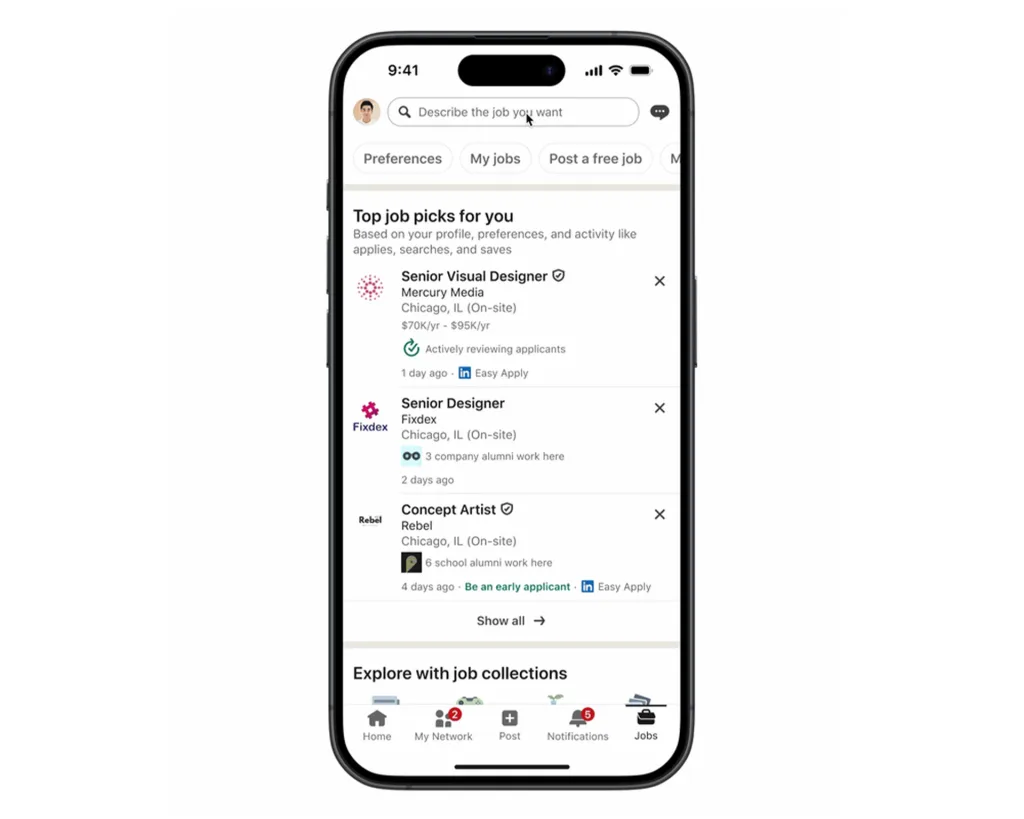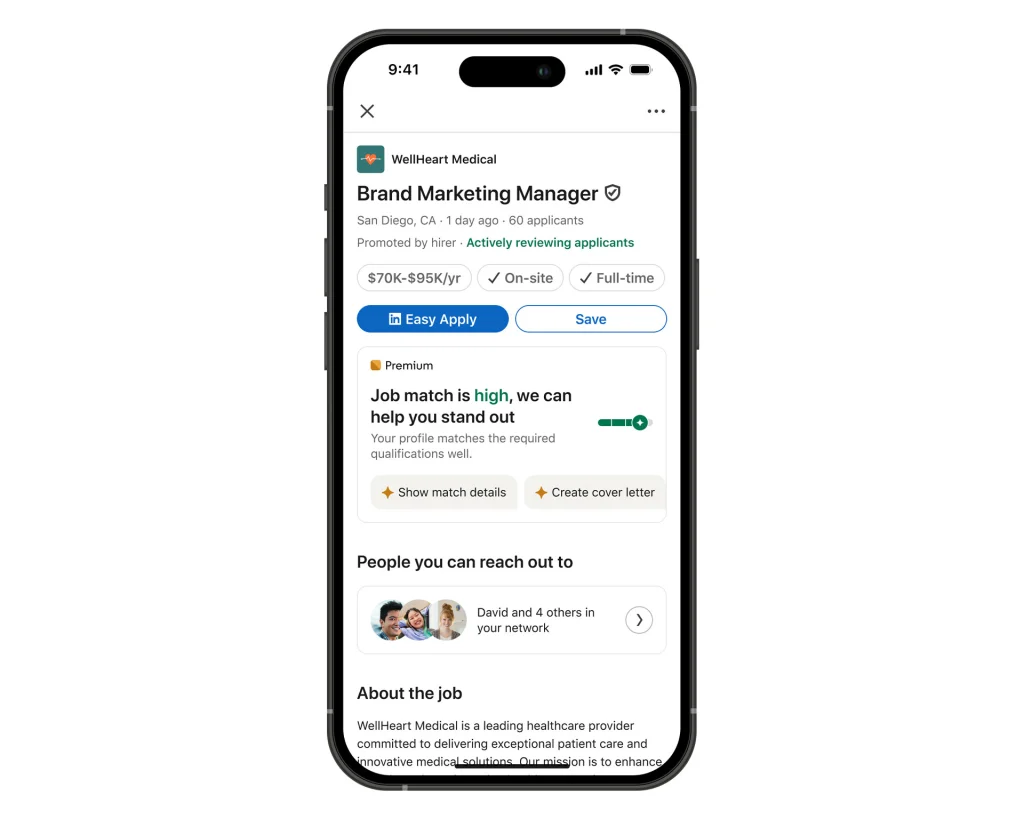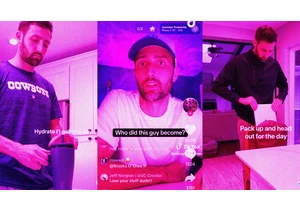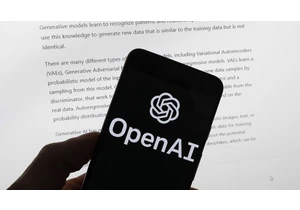New AI features from LinkedIn will soon help job seekers find positions that best suit them—without the need for exact keyword matches or specific job titles.
LinkedIn’s new AI-powered job search interface allows users to express their goals in plain language, says Rohan Rajiv, LinkedIn’s head of career products. For example, users can type a phrase like “business development or partnership roles in video games” and still be matched with relevant positions in the gaming industry, even if job listings don’t use those exact terms.
Job seekers can also enter more abstract goals like “using brand marketing skills to cure cancer” to uncover marketing roles at pharmaceutical companies and oncology centers, Rajiv demonstrated in a session with Fast Company.
Powered by large language model (LLM) AI, the new search tool interprets the intent behind job seeker queries and job descriptions, making it easier to match people with opportunities in a job market that often frustrates both applicants and employers.

“LLMs are amazing at looking at a job description and extracting semantics out of them and nuance out of them, and inferring things from them,” says Erran Berger, VP of engineering at LinkedIn.
Recent survey data from LinkedIn shows that job seekers are applying to more positions than before, increasing the volume of applications that hiring teams must review.
“They say they are spending three to five hours a day sifting through applications, and less than half of these applications meet the required criteria,” Rajiv notes.
The enhanced AI search can also surface jobs and employers that applicants may not have previously considered. LinkedIn currently lists more than 15 million job postings.
Another new feature, “job match,” helps users assess their fit for a role before applying. By analyzing both job descriptions and user profiles, the AI identifies how closely someone matches a job’s criteria and highlights areas where qualifications are strong or lacking—such as experience with a particular technology.

Unlike traditional keyword searches, LLMs are less likely to overlook relevant experience. For example, the AI understands that a web developer likely knows HTML, even if it’s not explicitly listed. This insight allows users to refine their profiles with relevant skills or consider roles better aligned with their background, saving time for both candidates and recruiters.
Another feature will provide context around whether a position is “actively hiring,” whether it’s being promoted on LinkedIn, and, when available, how long applicants typically wait to hear back.
These AI innovations build on tools introduced last year to help recruiters identify strong matches and come roughly 20 years after LinkedIn first began helping users connect with job opportunities. At that time, the company recognized that its vast career and network data could help recruiters discover candidates not actively searching for roles, Berger explains.
“Twenty years ago, LinkedIn transformed the traditional job search by connecting recruiters with passive candidates,” CEO Ryan Roslansky says in a statement to Fast Company. “And today, with the launch of AI-powered job search, we’re not just introducing a new way to find a job, but an entirely new way to discover what’s possible.”
LinkedIn has steadily expanded its job-matching capabilities, introducing automated job recommendations around 2010 and consolidating job search tools into a dedicated tab on its main platform in 2016. These changes reflect how users often combine job searches with other research activities, such as exploring company profiles.
Currently, more than 11,000 LinkedIn users apply for a job every minute. The company expects that its rich history of job and job seeker data will continue to enhance its AI matching tools.
“We’re really uniquely positioned to take this rich data that we have—and what’s possible with AI now—to build this feature in a way that few, if any, other companies can,” Berger says.
Zaloguj się, aby dodać komentarz
Inne posty w tej grupie

If you’ve built an audience around documenting your 9-to-5 online, what happens after you hand in your notice?
That’s the conundrum facing Connor Hubbard, aka “hubs.life,” a creator who

OpenAI should continue to be

WhatsApp should prepare to leave the Russian market, a lawmaker who regulates the IT sector

This is an edition of Plugged In, a weekly newsletter by Fast Company global technology editor Harry McCracken. You can sign up to receive it each Friday and read all issues



Big changes are coming to the web in the days ahead. On July 25, the U.K.’s Online Safe
